Until the late 1930s, flying boats were the vehicle of choice for long-range aviation. Using runways provided by God instead of man, they could economically operate from remote locations and had proved instrumental in the formation of most of the early international airline networks, most notably Juan Trippe's bridging of both the Atlantic and Pacific with Pan Am.
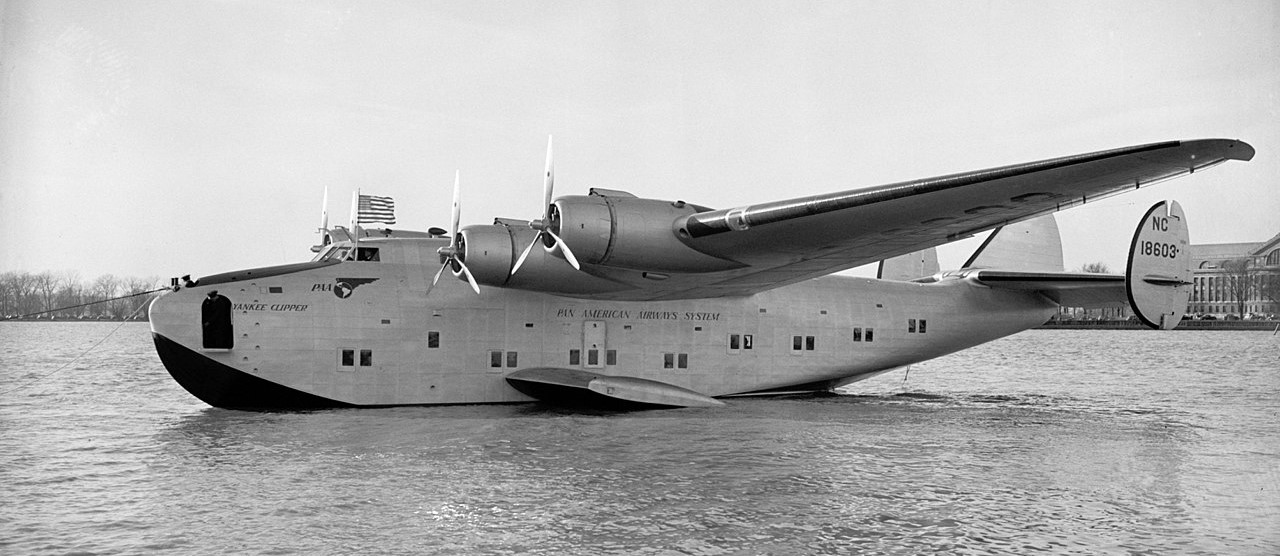
A Pan Am Boeing 314 Clipper
Nor were navies blind to the possibilities of flying boats, capable of operating from forward areas with only the aid of a tender and with greater performance than anything that could be flown off of a carrier. Besides the obvious role of long-range reconnaissance, there was also the possibility of using them as bombers against both enemy ships and land bases. This was particularly attractive to the US Navy, who couldn't be sure of control of land-based bombers, and as a result, their patrol designation was replaced in the mid-30s with that of patrol bomber, the first result of which was the famous PBY Catalina. Unfortunately, improvements in aerodynamics and landplane performance were increasingly hard to reconcile with the demands of taking off from and landing on water, and by the outbreak of WWII, the PBY and flying boats in general were no longer on the cutting edge.
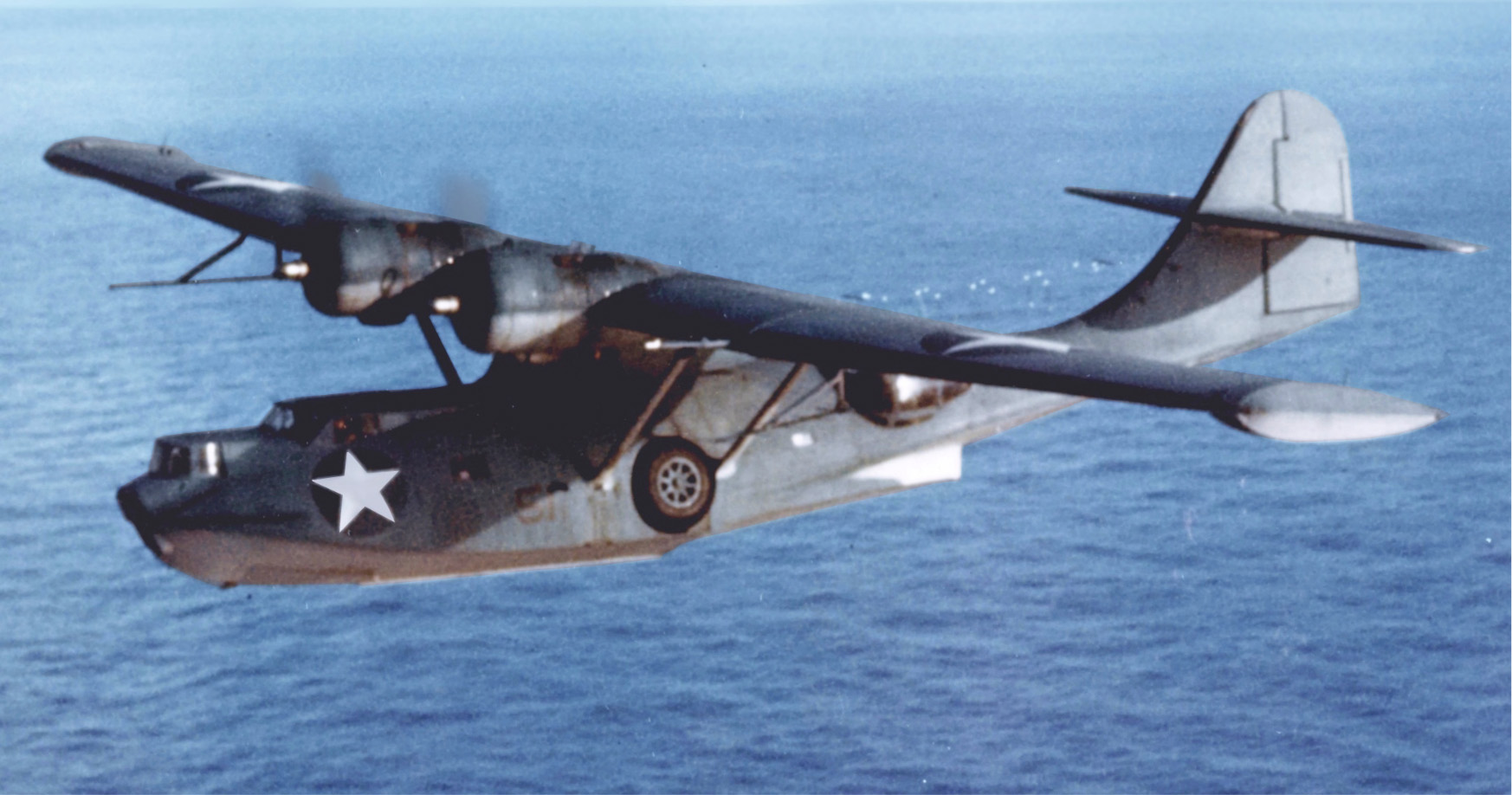
A PBY Catalina
Despite this, they gave good service in reconnaissance roles, most notably the PBY that located Bismarck during her sortie into the North Atlantic. They were generally ineffective in daylight attacks, but radar-equipped Catalinas gave sterling service in the Solomons as night torpedo bombers. The US was far from alone in building a force of flying boats, and most other navies used theirs in similar ways. But there were also officers who considered other ways to use the unique capabilities of flying boats. Some suggested that flying boats could be used to strike deep behind enemy lines, refueling from submarines at deserted atolls. But while the US even took a serious look at converting the submarine Nautilus for this duty in the late 30s, only the Japanese Navy would actually put this concept into practice.
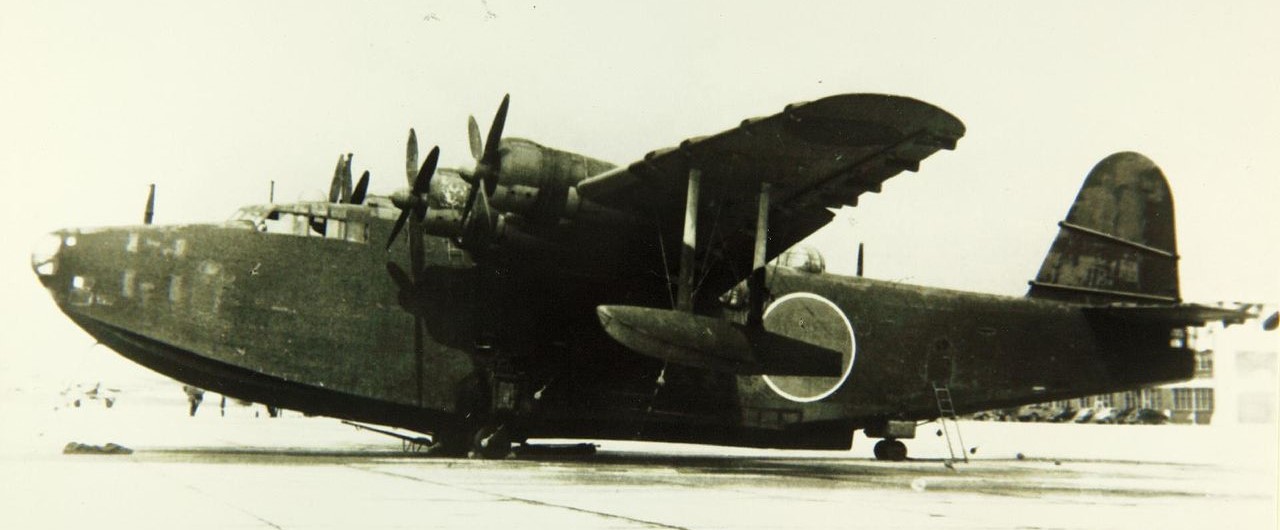
H8K "Emily"
Their tool for this mission would be the Kawanishi H8K flying boat, given the reporting name Emily by the Allies. It was an aircraft with a normal radius of approximately 2,000 miles, bristling with enough defensive armament to make Allied fighter pilots wary. It was still under development when the Japanese attacked Pearl Harbor, entering service in February 1942. It's baptism of fire would come a month later, during the second raid on Hawaii.
The plan was simple. A small group of Emilys, originally planned to be 5, would take off from Wotje Atoll in the Marshall Islands, and fly to French Frigate Shoals, a small atoll in the northwestern part of the Hawaiian chain. There, they would meet up with a trio of submarines and fly the last 560 miles to Pearl Harbor, arriving at night to reduce the threat from American defenses. Over the base, they would take photos to see how salvage operations were progressing by the light of the full moon, then attempt to disrupt that progress with a quartet of 250 kg bombs each. Another submarine would be stationed close to Pearl to make sure the skies were clear and serve as a lifeguard if one of the planes ran into trouble. After their bombs were gone, the planes would fly directly back to Wotje.

The operation was set for March 4th, 1942, and as had happened before the first attack on Pearl Harbor, American codebreakers got wind of the plan, but were unable to convince their superiors of the threat. Unfortunately for the Japanese, this was about the last thing that went right for them. The Emily was still very new, and only two of the planned five were ready for the raid. And while submarine I-9, assigned to serve as a navigational beacon, and I-19, I-15 and I-26, the refueling platforms, all made their destinations safely, I-23, assigned to the weather reporting/lifeguard role, was lost with all hands somewhere off Oahu.1 But while the primary source of weather reporting was gone, the Japanese had a backup plan. They had broken the code the Americans used to report weather information, but the code was changed on March 1st. After the Emilys safely reached French Frigate Shoal, they were left with no guarantee of clear skies over Oahu. But the weather there was good, so they took off to bomb Pearl Harbor yet again.
Unfortunately for them, the weather in Honolulu was not like the weather 500 miles to the west, and they found the island shrouded in a thick layer of cloud. The Americans scrambled several P-40s when they saw the flying boats on their radar screens, but the clouds worked both ways, and the radarless fighters had no particular luck in finding their targets. But the same was true of the flying boats, and they got separated. One of the only landmarks they could make out on the blacked-out island was the lighthouse at Kaena Point, and they decided to drop their bombs by dead reckoning based on where Pearl Harbor should be relative to the lighthouse.
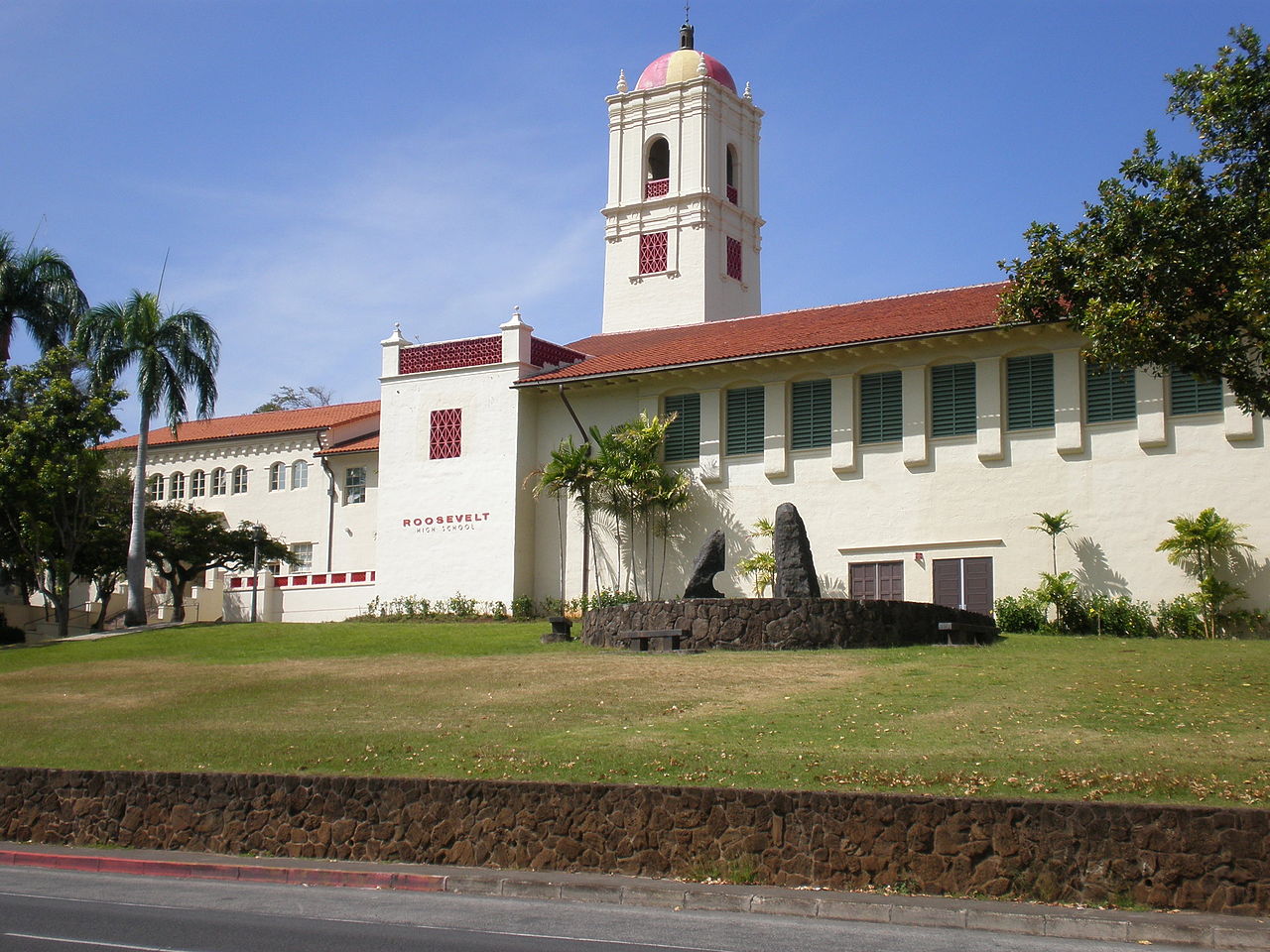
Theodore Roosevelt High School
This worked about as well as you'd expect. One of the boats came in along the coast, and apparently dropped its bombs into the sea. The other, approaching from the north, actually hit Oahu, with the bombs landing north of Honolulu and about 300 yards from Theodore Roosevelt High School, where they broke several windows. Both then turned for home, with one Emily returning to Wotje, and the other, which had sustained hull damage on takeoff from French Frigate Shoal, heading instead for the main base at Jaluit, which had better repair facilities. Both made it safely, completing the longest bombing mission in history up to that point.2
The Americans were somewhat confused by the whole thing, as they had never made firm contact with the Japanese planes. The Army and Navy both blamed the other for jettisoning bombs near the high school, at least until the Japanese, working from a report broadcast by a Los Angeles radio station, claimed credit for the whole thing, which they said had resulted in 30 dead and 70 wounded. It didn't take the US Navy long to figure out the rest of the plan, and the seaplane tender Ballard was swiftly dispatched to patrol French Frigate Shoal. This proved to be a wise precaution a couple of months later, during the runup to the battle of Midway. The Japanese planned another recon mission over Pearl to locate the American carriers before they sprang their trap, but Ballard's presence drove them off, and the American carriers were able to arrive off Midway unobserved.
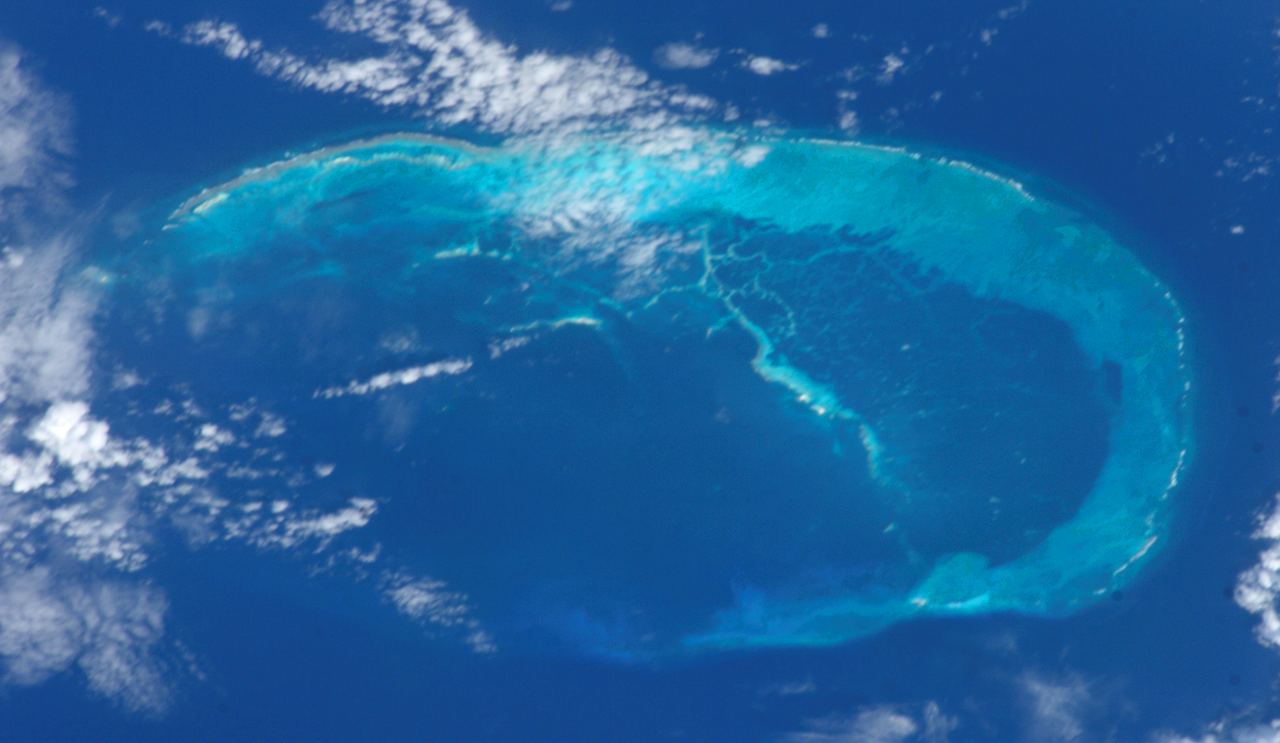
French Frigate Shoals
This was the last attempt to do something like this, and while the flying boats of all nations gave good service throughout the rest of the war, they appeared doomed by the proliferation of runways and the increasing performance of land-based aircraft. But it wasn't quite the case, and the 1950s saw the idea of a seaplane striking force given very serious consideration before ultimately dying.
1 American records provide no insight into this. The submarine just disappeared. ⇑
2 This record would later be captured by the British in a story I've told elsewhere. ⇑

Comments
I ran across a fascinating WW2 flying boat story a couple years ago.
It's not strictly a military use, but I think you guys will still love the story. TBH, I'd love to see Hollywood portray it - I think it'd make a fantastic film.
Flying boats really are horribly underappreciated, given that half the major fleet battles in WWII seem to begin with a throwaway mention of one of them finding the enemy fleet and struggling to stay alive long enough to report it.
Just to clarify, are the terms 'flying boat' and 'float plane' interchangeable?
Technically, there are three related terms here. Seaplane is the generic term for any airplane that flies from water. Flying boats incorporate the buoyancy into their fuselage. Floatplanes have buoyancy in separate floats. The PBY is a flying boat, the OS2U is a floatplane. In WWII, flying boats tended to be bigger. I've tried to be reasonably consistent, but haven't spent a bunch of effort on technical correctness.
@Alsadius
Actually, I might have to write that up. I've known about it for a while, but it is a good story.
@echo
Also very true. I might see if I can dig in a bit more on what the USN flying boat squadrons did. (I have the information, just not compiled anywhere.)
@Alsadius
When I first read that story several years ago, I was surprised they didn't include a map. I fixed that by making one myself: https://www.google.com/maps/d/edit?mid=1v33AaNDltEQmHGiP29YHB74qDMw&usp=sharing
Bean - if you end up writing it up, feel free to use that map if you'd like.
This is an apropos post, given that a couple of months ago, there was an article in War On The Rocks entitled, "Bring Back The Seaplane". The logic there is that while the Chinese might be able to lob missiles at all the fixed runways in the South China Sea, there's no way they'll have enough missiles to target every lake and lagoon. A mobile force of seaplanes and seaplane tenders could, on short notice, set up a base, launch a reconnaissance mission, and maneuver away to another location once discovered. In addition to reconnaissance and patrol, these seaplanes could act as forward-deployed tankers, refueling Air Force and Navy planes to give them additional range and payload capacity.
Is it a silly proposal? Absolutely. A seaplane is about as unstealthy as can be, and any orbiting seaplane tanker would be immediately spotted and designated as a priority target by the first opposition AWACS that happened to come across it. But, it just goes to show that bean isn't the only one thinking about military seaplanes in 2020.
Also, apparently Japan and Russia still maintain small groups of seaplanes for maritime search and rescue, while China is developing the AG600 as an amphibian heavy-lift aircraft to resupply its island bases.
If you think this one is timely, wait until mid-October, when the sequel comes out. The short version is that there are reasons the Seaplane Striking Force failed, and given the issues with current US defense procurement, we won't actually see any results from anything we're trying to do until 2040 at the earliest. Particularly given that nobody in this country remembers how to build seaplanes any more. And aerial refueling lets us use existing airplanes in most of these roles without the cost of developing something new.
Also, that article references Retreat from Range, which is an automatic -10 points in Naval Gazing scoring.